Tu fuente de noticias actualizadas sobre criptomonedas: tendencias, análisis y movimientos del mercado.

Kaspa ha estado ganando atención entre los entusiastas de las criptomonedas, pero muchos recién llegados aún preguntan: “¿Qué es Kaspa?”. Si te estás metiendo en los activos digitales por primera vez, esta guía te ayudará a entender los conceptos clave detrás de Kaspa, en qué se diferencia de las criptomonedas populares y por qué puede importar en tu camino cripto. Al final, tendrás una idea más clara de su tecnología, sus posibles aplicaciones y cómo explorarlo con confianza.
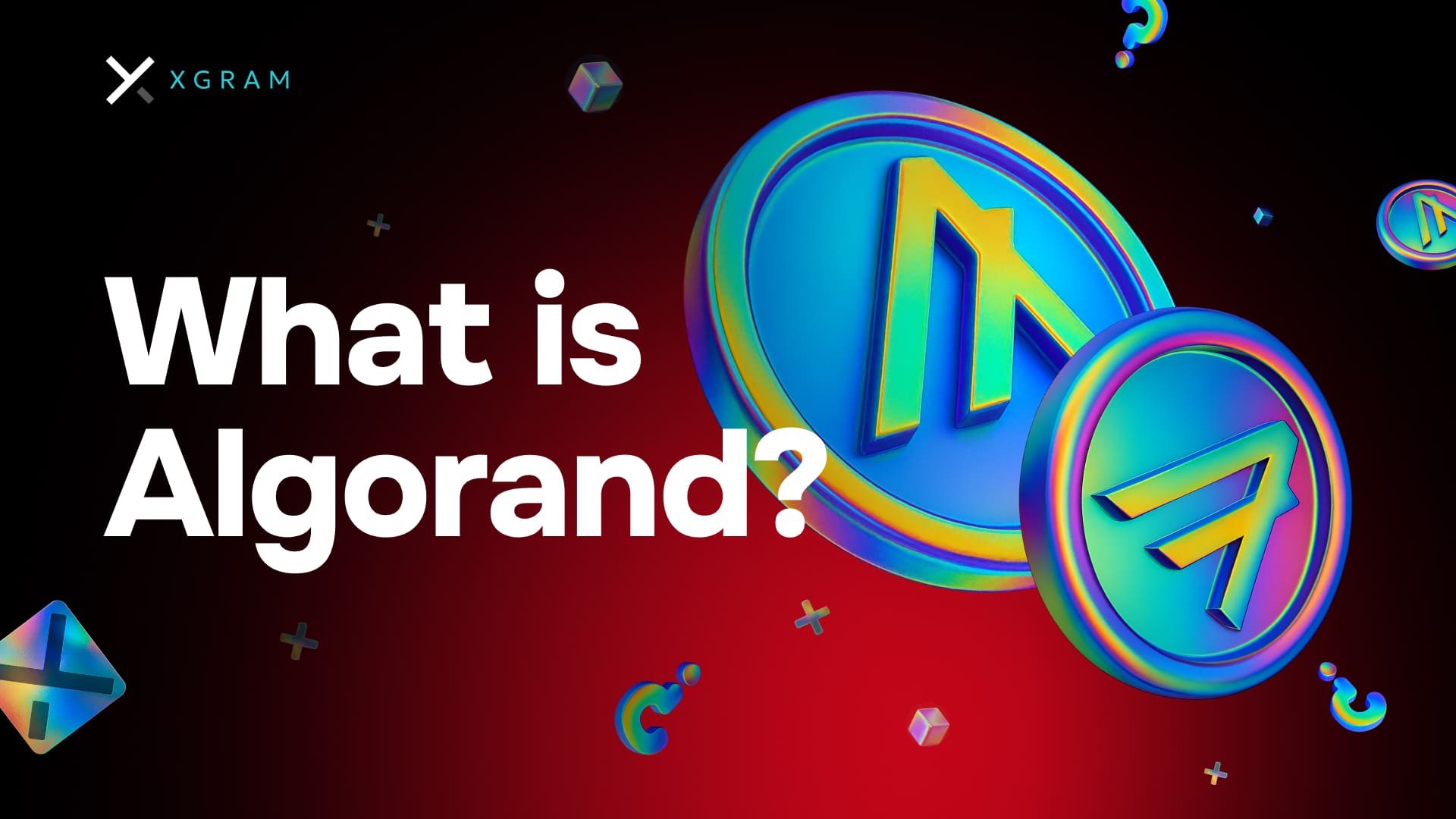
Quizás estés explorando nuevas criptomonedas y te preguntes «¿cuál es la velocidad de transacción de Algorand?». Estás en el lugar adecuado. La velocidad de transacción se ha convertido en un tema candente en el mundo del blockchain, ya que afecta a todo, desde la rapidez con la que se pueden mover los fondos hasta si se pagan más comisiones. Comprender cómo gestiona Algorand las transacciones te ayudará a ver si se ajusta a tus objetivos en materia de criptomonedas.Traducción realizada con la versión gratuita del traductor DeepL.com

Estás aquí porque quieres saber qué es Jasmy coin y por qué despierta tanto interés entre los nuevos inversores en criptomonedas. Quizás hayas oído que está relacionada con la privacidad de los datos o que es un token ERC-20 con posibles casos de uso en el mundo real. Sea cual sea tu punto de partida, esta guía está pensada para ti, principiante absoluto, para ayudarte a entender cómo encaja Jasmy coin en el panorama cripto en general.

Si eres nuevo en las criptomonedas, es posible que te preguntes qué es el proof of time en blockchain y por qué es importante. Proof of time es un enfoque de consenso emergente que mide cuánto tiempo un participante de la red blockchain dedica recursos, en lugar de medir cuántos recursos (como potencia de cómputo o tokens) tiene en un momento concreto. Este modelo busca aportar equidad, eficiencia y seguridad.

“Fiat” se refiere a las monedas tradicionales respaldadas por gobiernos, como USD, EUR o JPY. En el mundo cripto, el fiat es tu punto de entrada y de salida: te permite comprar activos digitales o retirar tus ganancias. El fiat es importante porque sostiene la estabilidad económica global, mientras que las criptomonedas aportan innovación y descentralización. Mantener el equilibrio entre ambos suele implicar gestionar tipos de cambio, comisiones y la seguridad de tus billeteras.
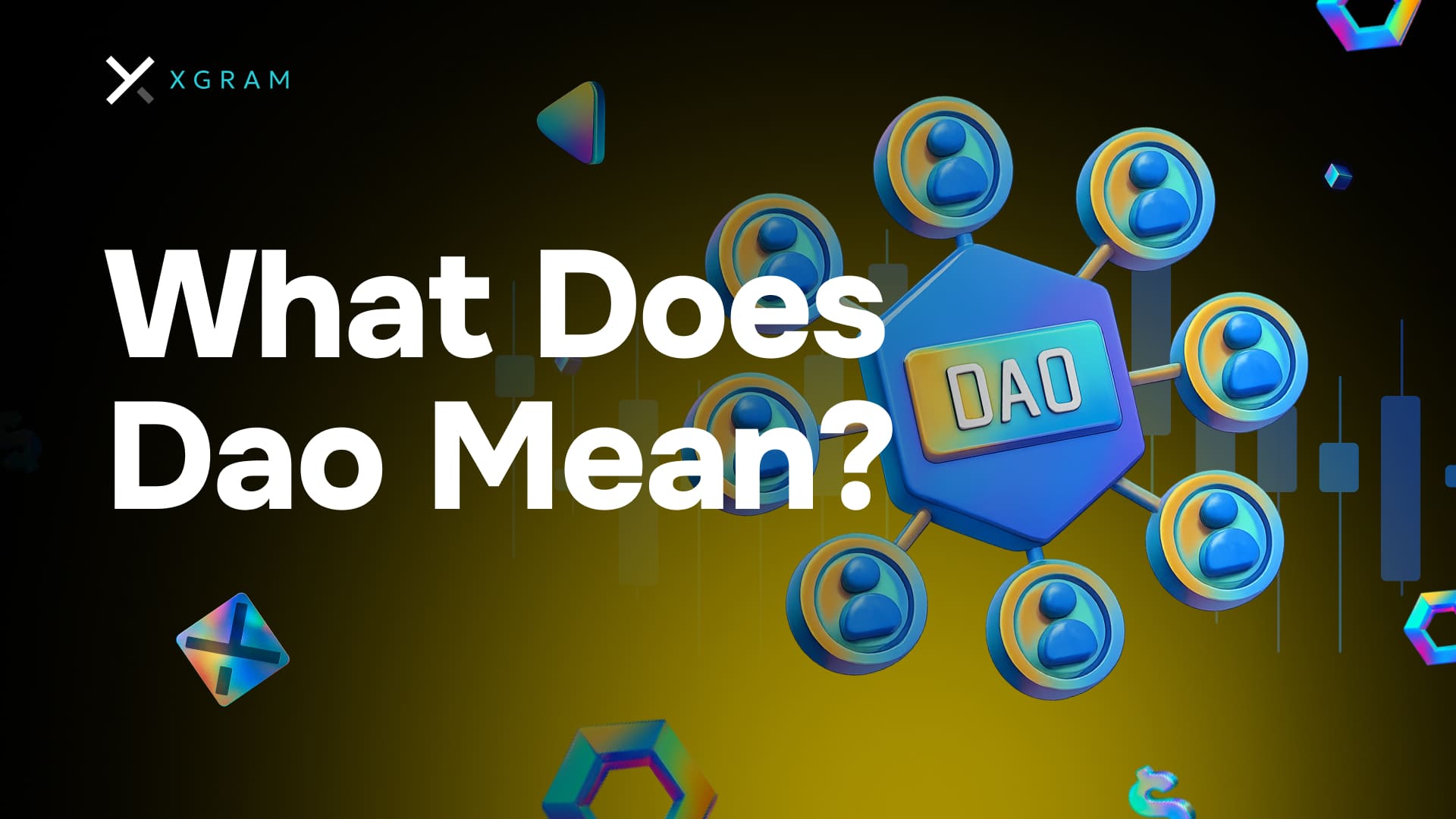
Si estás explorando las criptomonedas por primera vez, es posible que hayas visto este acrónimo aparecer con frecuencia. Un DAO, o Decentralized Autonomous Organization (Organización Autónoma Descentralizada), es uno de los pilares de muchos proyectos y comunidades cripto. Es una nueva forma de reunir a personas bajo un conjunto de reglas compartidas, sin una autoridad central dirigiendo todo. Los DAOs pueden financiar iniciativas, proponer cambios y recompensar a los participantes mediante mecanismos totalmente transparentes basados en blockchain.
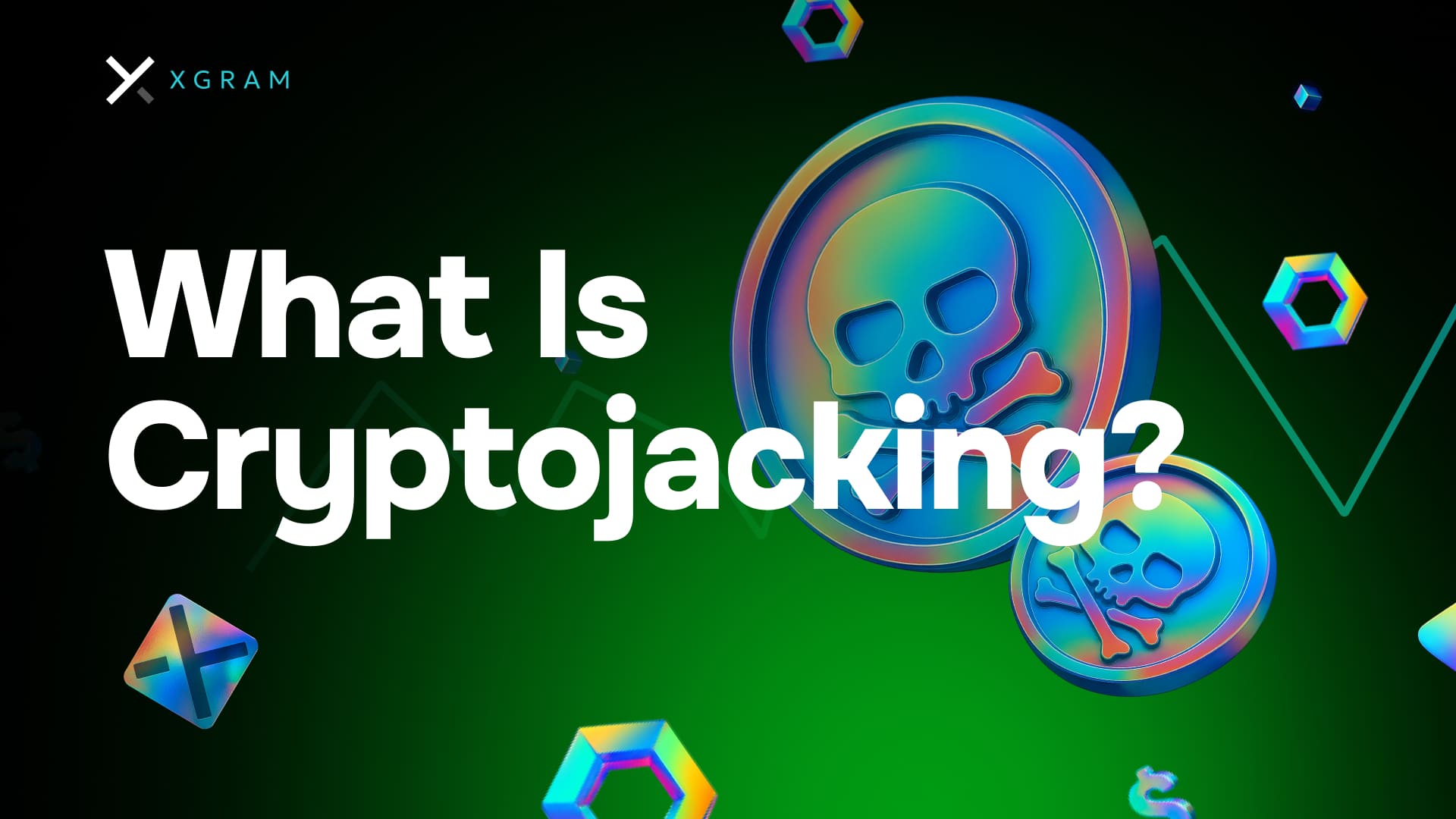
TL;DR: El cryptojacking consiste en usar en secreto tus dispositivos (ordenadores, smartphones o servidores) para minar criptomonedas sin tu permiso. Se cuela en tu sistema a través de enlaces maliciosos, sitios web infectados o software comprometido. Una vez dentro, secuestra la potencia de procesamiento para generar monedas para los atacantes—agotando tu batería, ralentizando el rendimiento y aumentando tus facturas de energía. Con las medidas adecuadas, puedes detectar y prevenir estos ataques antes de que causen daños.

TL;DR: Bonk es una criptomoneda relativamente nueva que ha llamado la atención por su branding único y su carácter de meme. Puede que escuches comparaciones con otras meme coins, pero su objetivo es ir más allá del puro hype introduciendo un enfoque cripto impulsado por la comunidad. Como la mayoría de los tokens emergentes, Bonk ofrece tanto oportunidades como riesgos que deberías entender bien antes de invertir. Investigar a fondo los fundamentos de Bonk es esencial para decidir si encaja con tu estrategia de inversión personal.
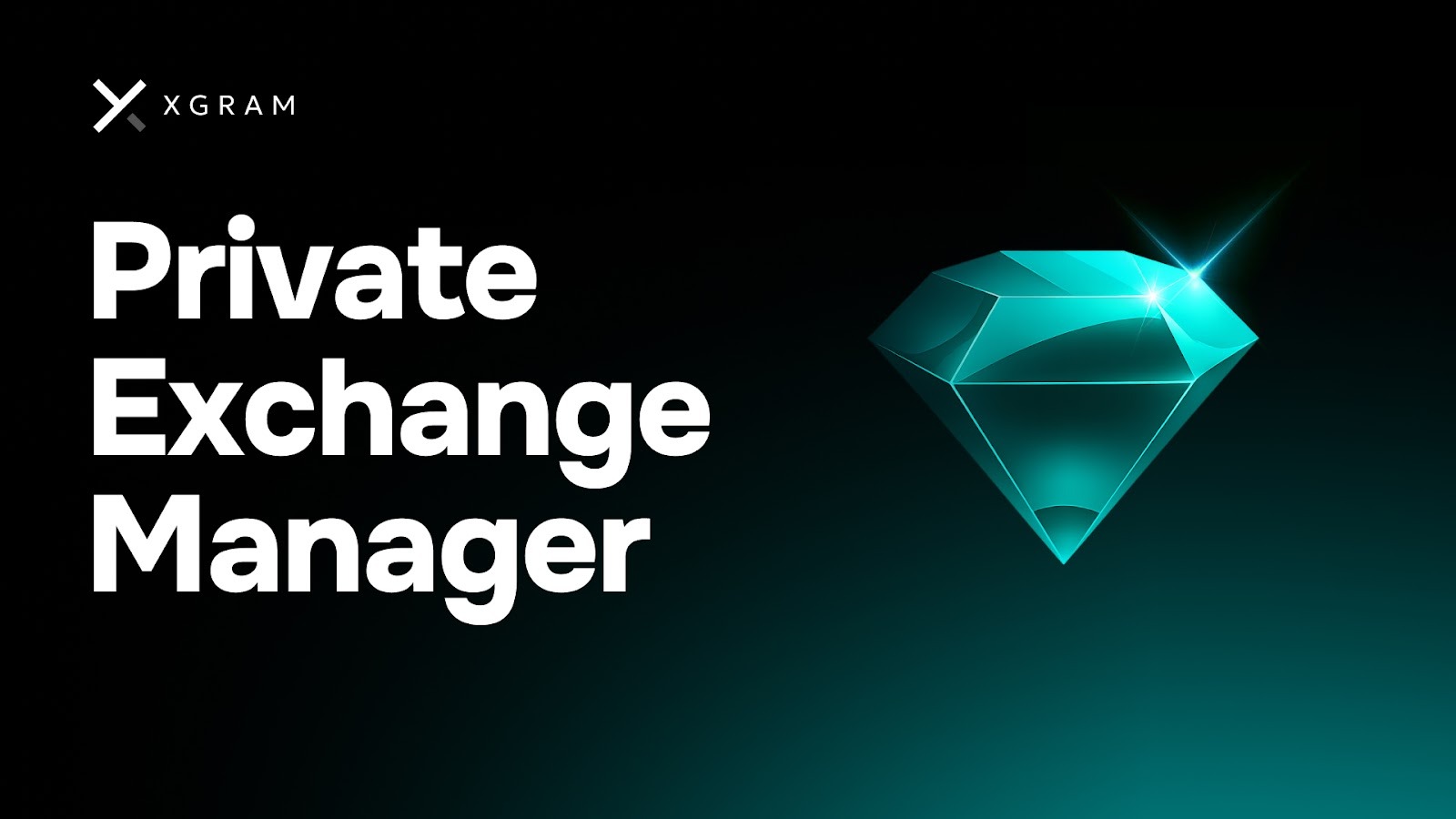
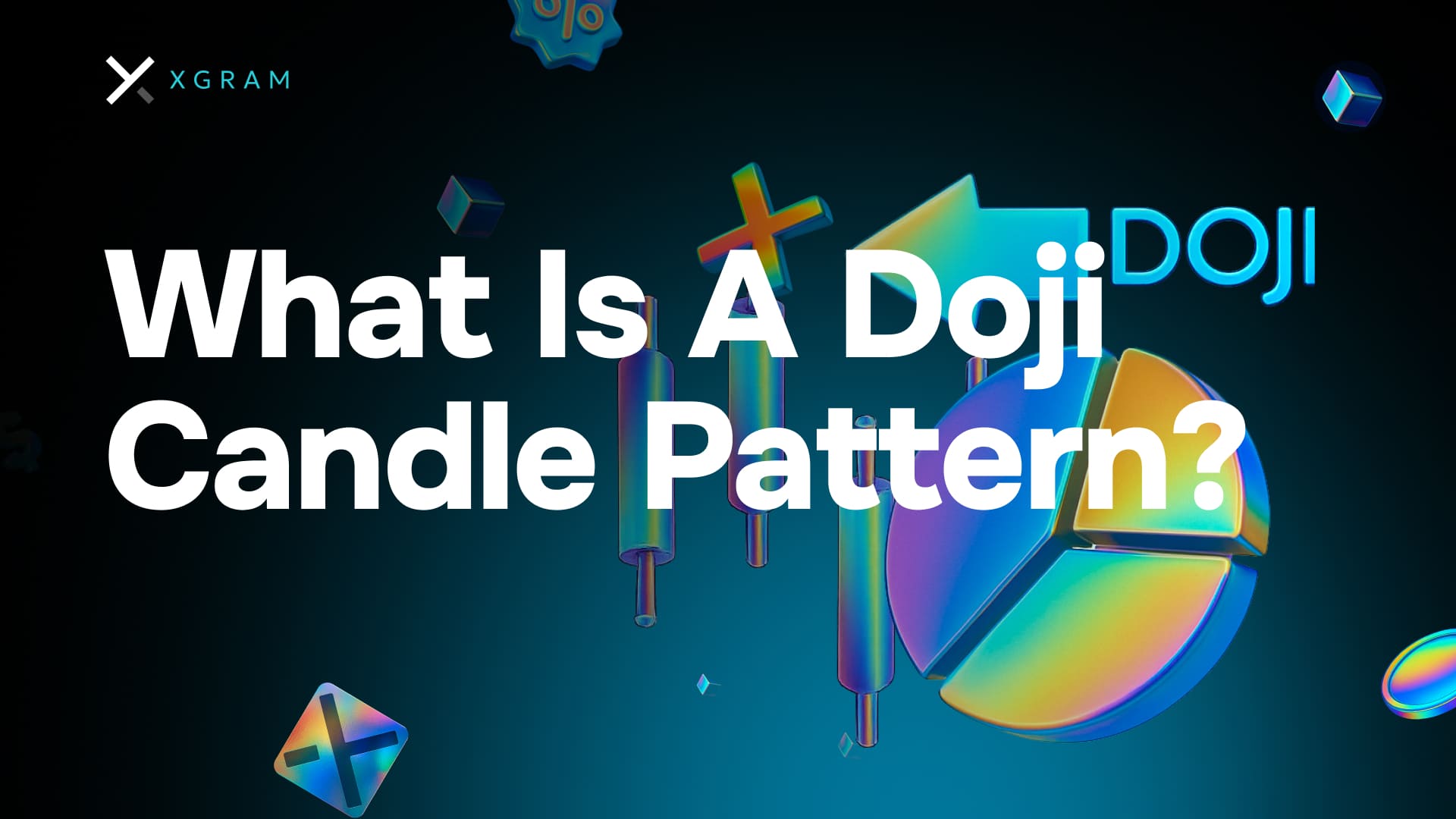
¿Alguna vez te has preguntado qué es una vela doji y por qué a los traders les importa tanto? Entender las velas doji puede profundizar tu comprensión de los movimientos del mercado y ayudarte a detectar momentos en los que los precios podrían estar a punto de cambiar de dirección. A continuación encontrarás todo lo que necesitas para leer y usar con confianza los patrones de velas doji en tu propia exploración de trading.

¡Sorteamos 100 USDT entre 10 traders seleccionados al azar! Sin clasificaciones, sin necesidad de ser un gran inversor. ¡Solo opera y participa para ganar!
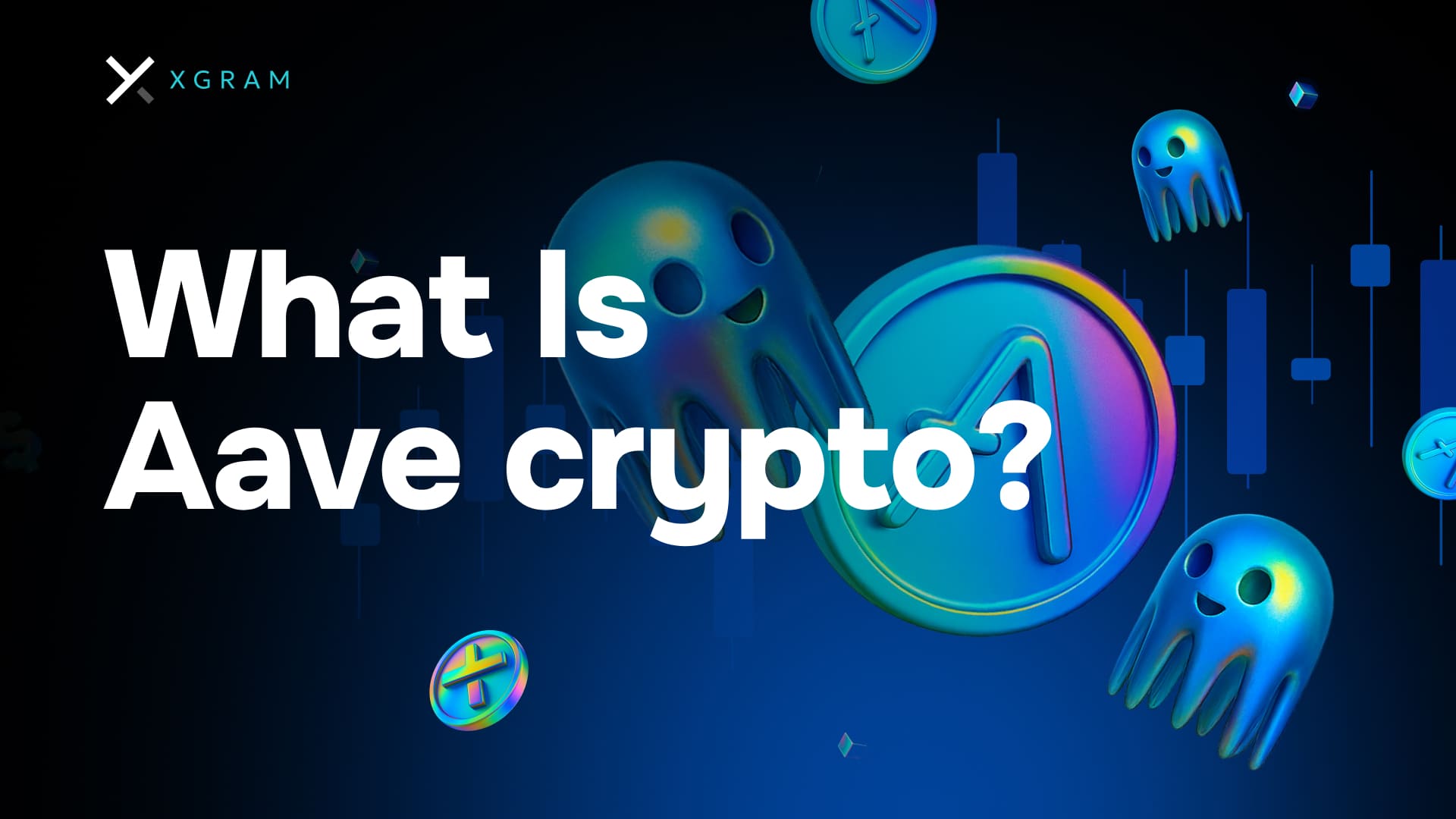
Si estás adentrándote en las finanzas descentralizadas por primera vez, quizá te preguntes: ¿qué es Aave en cripto? Este protocolo desempeña un papel clave en el espacio de préstamos cripto al conectar prestatarios y prestamistas sin intermediarios tradicionales. En términos sencillos, Aave está diseñado para que puedas ganar intereses con tus activos digitales o pedir préstamos usando esos activos como garantía. A continuación encontrarás todo lo esencial para ayudarte a entender si Aave encaja en tu estrategia personal de criptomonedas.